When it comes to taxes, most people focus on the immediate: “How much can I save this year?” But a true tax strategy goes beyond the present. It’s about building a long-term approach that aligns with your financial goals while keeping as much of your hard-earned income as possible.
Reducing tax liability isn’t just for major corporations—it’s a smart play for businesses of all sizes, entrepreneurs, and individuals alike. The secret lies in understanding and applying strategies tailored to your situation. Let’s explore five essential tax strategies to help you save not just this year, but for many years to come.
1. Deferring Income to Better Manage Taxable Years
Imagine you have control over when your income is taxed. That’s the essence of income deferral. This strategy allows you to push taxable income into a future year—especially valuable if you anticipate being in a lower tax bracket later.
Here’s how it works:
- Retirement Contributions: When you contribute to tax-deferred accounts like a 401(k) or traditional IRA, you lower your taxable income now and only pay taxes when you withdraw the money later—ideally in retirement when your tax rate might be lower.
- Installment Sales: If you sell a high-value item or property, structuring the deal as an installment sale lets you spread the income—and tax hit—over several years.
- Timing Your Income: Are you expecting a year-end bonus? If you can delay receiving it until January, you can move that taxable income into the following year.
This isn’t about avoiding taxes—it’s about timing them strategically. Over time, this approach can free up cash flow and keep you from paying higher taxes than necessary.
Who benefits most: This is particularly useful for small business owners, consultants, and freelancers who can control when income is recognized.
2. Maximize Your Retirement Contributions
Retirement accounts are more than just a savings tool—they’re a powerful tax strategy. Every dollar you contribute to a tax-advantaged retirement account reduces your current taxable income while setting you up for the future.
Let’s break it down:
- If your employer offers a 401(k), you can contribute up to $22,500 in 2025 (or $30,000 if you’re 50 or older). These contributions reduce your taxable income dollar-for-dollar.
- Business owners and freelancers have even more options, like Solo 401(k)s and SEP-IRAs, which allow for higher contribution limits based on your income.
- Don’t overlook the benefits of a Roth IRA. While contributions are post-tax, the withdrawals in retirement are completely tax-free. For many, it’s a valuable diversification of their tax strategy.
Think of retirement contributions as a two-fold win: you save on taxes today while investing in tomorrow.
Industry Tip: If you’re in an industry with variable income, pairing retirement contributions with income deferral strategies can multiply your tax savings.
3. Take Advantage of Tax Credits Unique to Your Industry
Tax credits are a game-changer. Unlike deductions, which reduce your taxable income, credits reduce your tax bill dollar-for-dollar. And some of the best opportunities lie in credits tailored to your industry.
For example:
- If you’re in technology or manufacturing, the R&D Tax Credit rewards you for innovation.
- Energy-conscious businesses can tap into credits for energy-efficient upgrades—think solar installations or HVAC improvements.
- Hiring employees from targeted groups? The Work Opportunity Tax Credit provides incentives for doing so.
Many businesses miss out on these credits simply because they don’t know about them or assume they’re too complex to claim. That’s where a CPA becomes invaluable—navigating the paperwork and ensuring you maximize every opportunity.
Pro Tip: Partner with a CPA to identify all potential credits your business qualifies for, as many go unclaimed due to complexity.
4. Optimize Depreciation and Capital Expenditures
When you buy equipment, vehicles, or property for your business, you don’t have to bear the entire cost upfront. Depreciation allows you to spread that expense over the asset’s useful life. But there’s more to it than that—strategies like bonus depreciation can supercharge your tax savings.
Here’s what you can do:
- Take advantage of Section 179, which lets you deduct the full cost of qualifying equipment in the year it’s purchased.
- Use bonus depreciation to claim 100% of eligible expenses immediately—perfect for businesses making significant capital investments.
- If you own rental or commercial property, leverage real estate depreciation to offset rental income and reduce your tax bill.
For industries like construction, transportation, and logistics, these strategies can drastically improve cash flow, making it easier to reinvest and grow.
5. Commit to Year-Round Tax Planning
Here’s a common misconception: tax planning only happens in March and April. In reality, the most effective tax strategies are woven into your year-round financial decisions. Waiting until the last minute often means missed opportunities.
What year-round planning looks like:
- Schedule quarterly check-ins with your CPA to track your income, deductions, and estimated payments.
- Keep an eye on tax law changes. For example, recent updates to bonus depreciation or retirement contribution limits could have a big impact on your plan.
- Evaluate your financial goals regularly to ensure your tax strategy supports them.
Think of year-round planning as preventative care for your finances. You’ll save money, avoid surprises, and position yourself for long-term success.
Long-Term Impact: Continuous planning ensures you capitalize on opportunities and avoid surprises when it’s time to file.
As you can see, reducing your tax liability isn’t about one big trick—it’s a combination of smart, deliberate choices made over time. These strategies are like pieces of a puzzle, each contributing to a bigger picture of financial health and stability.
The best part? You don’t have to navigate it alone. Partnering with a knowledgeable CPA can help you identify the strategies that make the most sense for your situation, so you can focus on what you do best—running your business or planning for your future.
Remember, the goal isn’t just to pay less tax this year. It’s to create a tax strategy that grows with you, year after year.


